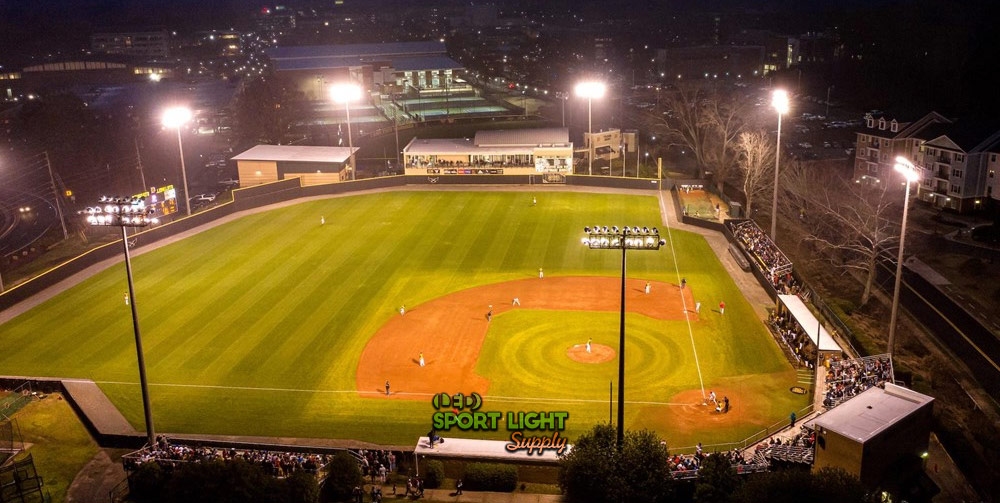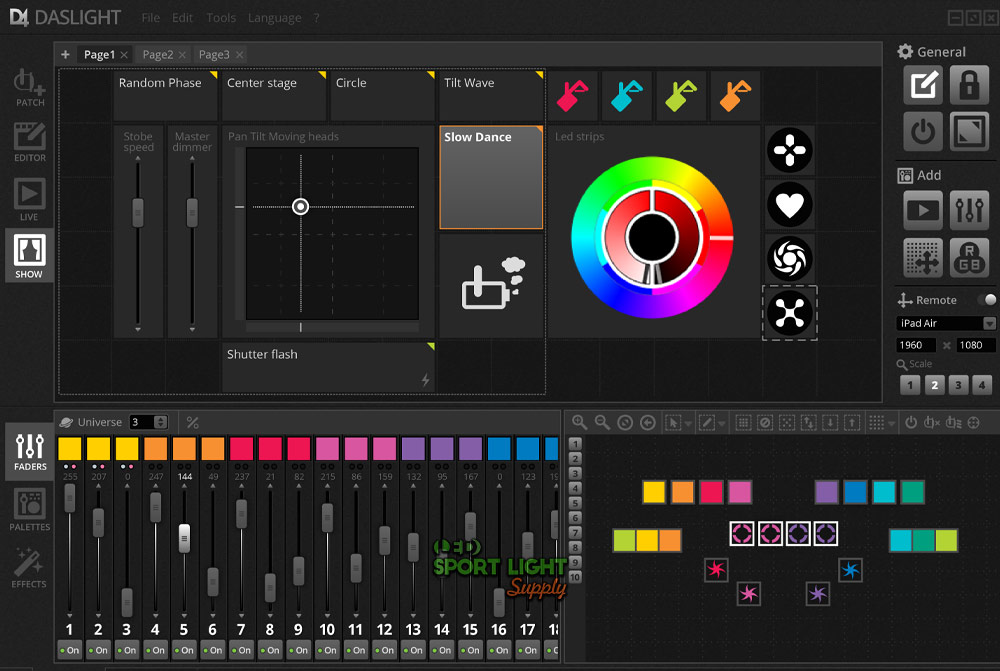There are various methods for activating baseball field lighting, including physical switches, smartphone controls, and manual or automatic systems. Selecting the appropriate control system can streamline the process, saving both time and effort when turning the lights on and off in a baseball stadium.
Table of Contents
ToggleWays to Turn On Baseball Stadium Lights

Turning On Baseball Stadium Lights
There are several methods available for controlling the lighting in a baseball stadium, each offering different levels of convenience and functionality. Here’s an overview of the most common approaches:
Physical Panel (DMX/DALI)
One of the most straightforward methods to control stadium lights is through a physical control panel, such as a DMX or DALI panel. These panels feature various knobs and switches that allow for manual adjustment of brightness and the ability to turn individual groups of lights on or off. While the array of switches and buttons on a DMX panel may seem complex at first glance, the user manual provides clear instructions to help users navigate its functions.
However, there are limitations to consider. For instance, a DMX 512 control panel can manage up to 512 lights if each light requires a separate channel for brightness control. In practice, lights are typically grouped into 5 to 20 clusters, which reduces the number of channels used. For RGB lights, each fixture utilizes three channels (one each for red, green, and blue), allowing control over up to 170 RGB lights simultaneously if unique colors are desired for each.
Computer Software

A more advanced option is to use computer software to manage stadium lighting. This method transforms the computer into a control panel, offering the same functionalities as a physical panel but with added capabilities. Software control allows for scheduling and programming, enabling automatic activation and deactivation of lights. Additionally, it facilitates the creation of intricate lighting effects through default software programs.
To implement computer control, a USB-DMX device is required. This device serves as a bridge between the lighting system and the computer, enabling seamless communication and control.
Smartphone (5G, WiFi, or ZigBee)
Controlling stadium lights via a smartphone is another modern approach. With this method, users can perform basic functions such as turning lights on and off, adjusting brightness, and changing colors directly from their mobile devices. This wireless control requires the installation of a dedicated wireless module on the floodlights, which enables communication via 5G, WiFi, or ZigBee networks.
Each method offers unique advantages, and the choice of system will depend on the specific needs and preferences for managing the stadium’s lighting.
Wired vs. Wireless Lighting Control
Choosing between wired and wireless lighting control systems involves weighing their respective advantages and disadvantages. Here’s a detailed comparison to help you decide which option best suits your needs.
| Feature | Wired Lighting Control | Wireless Lighting Control |
|---|---|---|
| Advantages | ||
| Stability and Reliability | Provides a stable and reliable connection due to direct physical links. | Convenient control via smartphone, offering modern functionality. |
| Long Signal Transmission | DMX signals can be transmitted up to 300 meters, suitable for most baseball fields. | Reduced installation time and cost, as no extensive cabling is needed. |
| Disadvantages | ||
| Cable Management | Requires additional cabling, which can look messy without proper management. | Shorter range of approximately 100 meters, may need amplifiers for larger stadiums. |
| Installation Complexity | More complex installation due to extensive cabling. | Potential additional costs for amplifiers to extend signal reach. |
Conclusion
When deciding between wired and wireless lighting control systems for a baseball stadium, consider the specific needs of your setup. Wired systems offer greater stability and a longer signal transmission range, but require careful cable management and more complex installation. On the other hand, wireless systems provide convenient control and faster installation but may have limitations in range and potentially higher costs for signal amplification in larger venues. Evaluating these factors will help you choose the system that best aligns with your requirements for reliability, convenience, and overall functionality.
